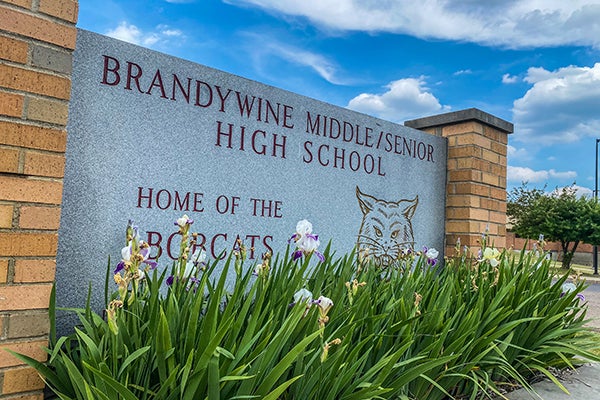Exhibit focuses on African American drivers
Published 7:31 am Saturday, January 26, 2013
The Studebaker National Museum is celebrating Black History month by opening a new exhibit entitled “The Not So Open Road.”
The advent of the automobile and development of our nation’s byways during the 1930s through 1960s saw Americans traveling like never before. For some Americans, however, automobile travel brought familiar problems to unfamiliar areas.
African Americans traveling in the pre-civil rights era faced challenges unknown to white motorists: Being served at a restaurant, finding lodging at a hotel or simply being present after sundown were among some of the many hazards faced by black travelers at this time.
Victor Green, a postal worker from Harlem, created a travel guide to help African-American travelers avoid such difficulties. His “Negro Motorist Green Book: An International Travel Guide” debuted in 1936 and served as a guidebook for the African-American community.
The “Green Book” as it was commonly known, highlighted nondiscriminatory hotels, restaurants and service stations. The black community’s motoring plight did not go unnoticed by the U.S. government – the Department of the Interior’s U.S. Travel Bureau published a directory of “Negro Hotels and Guest Houses” during this time as well. South Bend is mentioned in the 1949 edition of the Green Book.
Also open through April is “Studebaker at the Brickyard,” an exhibit focusing on Studebaker’s participation in the Indianapolis 500. The exhibit, which runs through April 28, focuses on Studebaker’s factory-backed teams in 1932 and 1933. Three of the original Studebaker team cars will be reunited as part of the exhibit. The exhibit will also feature a look at Studebaker’s Pace Car history, with a focus on the 1952 race. Studebaker celebrated its centennial that year and hosted a weekend of events at The 500, in addition to supplying the Pace Car. Also featured will be Studebaker as a race car sponsor.





